Shrimp can successfully develop a colonization resistance trait against Vibrio infections
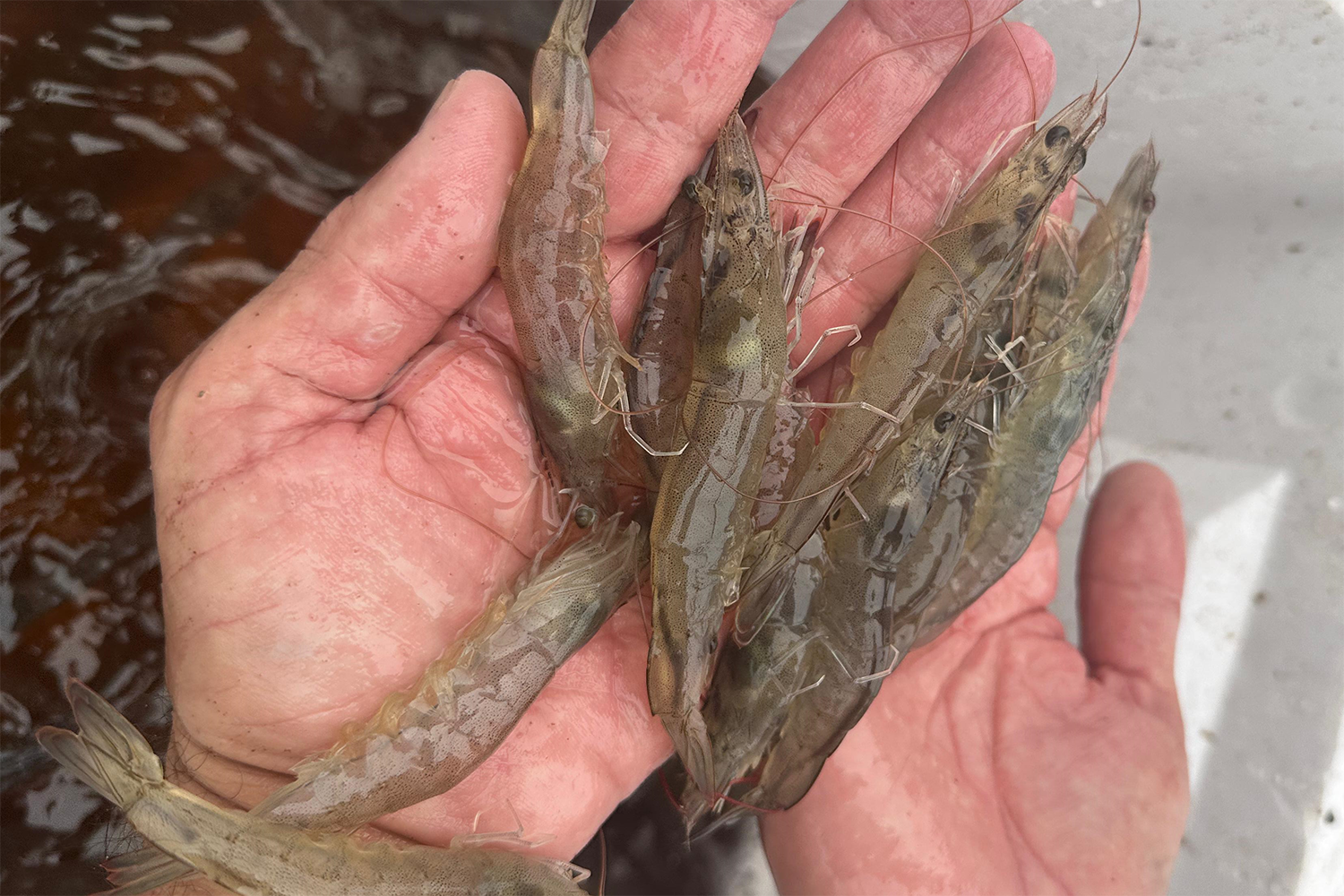
Vibriosis is one of the most common bacterial diseases that has been identified in most animals, including humans, fish, shrimp, and many other aquatic organisms, which generally causes high mortality and severe economic loss. Due to its economic and animal welfare importance, vibriosis resistance is arguably the most important target trait in the breeding goals of advanced aquaculture programs.
Shrimp farming continues to be seriously impaired by vibriosis in the form of Acute Hepatopancreatic Necrosis Disease (AHPND) or early mortality syndrome (EMS). AHPND/EMS is caused by a Vibrio species, Vibrio parahaemolyticus, designated as VPAHPND. Since its first discovery in 2009, great efforts have been made to elucidate the pathology of AHPND/EMS and to control its outbreaks.
A dense and diverse microbial community inhabits the intestine and co-evolves with the shrimp host. The intestinal microbiota is a pivotal and direct regulator in the physiology, immunity and health of organisms. A major function of the intestinal microbiota is helping the host resist pathogen colonization and overgrowth of indigenous pathobionts (an organism native to the host’s microbiome that under genetic or certain environmental changes can become pathogenic and induce disease), which is known as the defense mechanism of colonization resistance.
Some disease-resistant families of Pacific white shrimp (Litopenaeus vannamei) have been reported to have high levels of enriched probiotics in their intestines, which can effectively inhibit the growth of pathogens. However, the intestinal microbiome composition is shaped by multiple factors, and it is not clear if the host can build a disease-resistant microbial community under artificial selection.
This article – summarized from the original publication (Yuan, J. et al. 2024. Shrimp shapes a resistance trait against vibriosis by memorizing the colonization resistance of intestinal microbiota. PLoS Pathog 20(7): e1012321) – presents the results of a study based on resistant and susceptible families of L. vannamei obtained through selective breeding which analyzed vibriosis resistance mechanisms in terms of both host and commensal microorganisms.
Study setup
At least 200 full-sib families of L. vannamei derived from different breeding lines have been produced and selected for the assessment of resistance to Vibrio each year since 2017 at Hainan Grand Suntop Ocean Breeding Co., Ltd., Wenchang, China. In order to identify the resistance to AHPND, the shrimp families were evaluated for their resistance by VPAHPND challenge each year, and the families with high survival rates mated to produce the next-generation families.
In this study and for microbiome sequencing, intestinal samples were collected from 180 individuals from each of the resistant and susceptible families (each with ten full-sib families). Six individuals within a single full-sib family were pooled as one sample, and thus each full-sib family contained three replications. For transcriptome sequencing, individuals from both resistant and susceptible families received a second immersion of VPAHPND for six hours. Hepatopancreas and intestines were collected from nine individuals from resistant and susceptible families both pre- and post-infections, and three individuals were pooled as one sample so that each family contained three repeated samples.
For detailed information on the breeding program and selection of resistant families; probiotic enrichment; sample collections; sequencing and analysis of microbiome, transcriptome and DNA methylome; and various other procedures and analyses, refer to the original publication.
Results and discussion
Our results show that enrichment of a single probiotic species – Shewanella algae – can shape a defense mechanism of colonization resistance for shrimp against Vibrio infections and that dietary supplementation with S. algae strains can control the Vibrio load in L. vannamei. The enrichment of this single beneficial probiotic species in the intestine of the resistant families promoted the formation of colonization resistance, a key and direct mechanism for shrimp resistance to Vibrio.
S. algae has increasingly been used as a potential probiotic in aquaculture since it has been identified to inhibit or reduce the pathogenicity of Vibrio in penaeid shrimp farming. Feeding with an incorporated S. algae strain could effectively control the Vibrio load and modulate host immune genes in L. vannamei, resulting in an improved shrimp survival rate and growth. Although S. algae is beneficial to shrimp, it needs to be tested for pathogenicity, antimicrobial resistance, and potential ecological impacts before it is released into the environment, because it has pathogenic strains that may cause harm to humans and some animals.
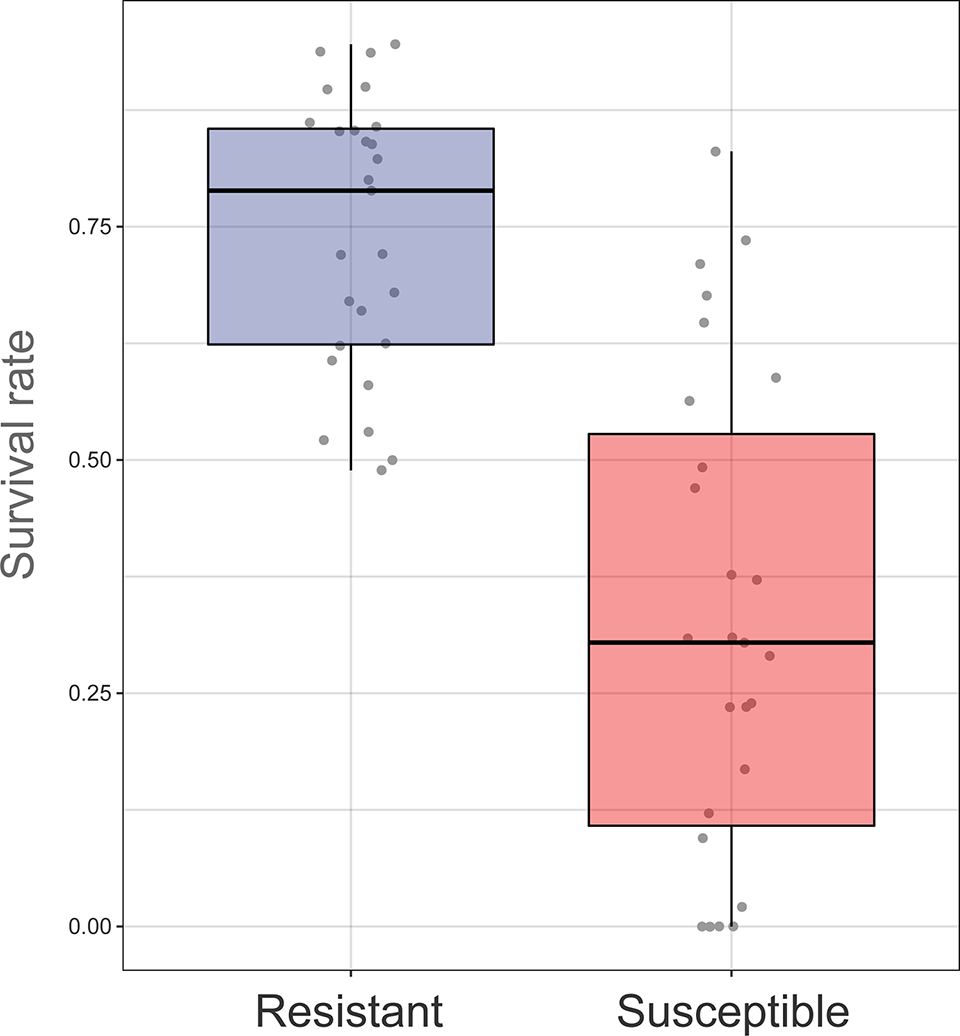
The hepatopancreas and intestine are two digestive organs with connections in shrimp. Besides, they also play important roles in the immunity of shrimp and are critical to the overall health of the organism. From our results, the hepatopancreas displayed significant differential expression patterns in comparison with that of the intestine, which suggested that the two tissues played different roles in resistance to pathogens. The intestinal barrier of shrimp is associated with immune proteins and a stable microbiota. The intestinal microbiota is an important component of the hepatopancreas-intestine axis.
The hepatopancreas is an integrated organ of immunity and metabolism, that is capable of degrading and metabolizing toxic substances, as well as preventing bacterial metabolites from entering the circulation. Impaired hepatopancreatic function leads to significant changes in the intestinal microbial community, which in turn affects intestinal barrier function. In this study, we found significant changes in the epigenetic system of the hepatopancreas and apparent differences in the intestinal microbiota between the two families.
Intestinal colonization is an important ability for probiotics to exert beneficial effects in vivo. The colonization of S. algae in the host intestine is a prerequisite for its probiotic function in shrimp. Lactate (or lactic acid, which forms when food is transformed into energy in animals) and iron are two components essential for the survival and growth of S. algae, because they are specialized carbon sources and ions needed for iron respiration. The intestinal lactate content was significantly higher in the resistant family than in the susceptible family.
In addition, the survival of lactate-fed shrimp challenged with VPAHPND was significantly higher than for shrimp fed a basal diet. The host provides a suitable environment for the colonization of S. algae and thus promotes a colonization resistance trait. Therefore, changes in the hepatopancreas epigenetic system may contribute to the colonization of S. algae in the intestine, thus shaping colonization resistance.
The intestinal microbiota may participate in modulating the immune system of the hepatopancreas. Among the numerous health benefits of probiotics, modulation of the immune system is one of the most commonly purported benefits of probiotics, and their potency to stimulate systemic and local immunity under in vitro and in vivo conditions is noteworthy. Enrichment of the probiotic S. algae may contribute to the generation of immune molecules in the hepatopancreas. Taken together, there is a crosstalk between the hepatopancreas and the intestine, which forms a barrier axis for resistance to Vibrio.
Perspectives
Results of this study identified the potential roles of epigenetic regulation and the intestinal microbiome in resistance to Vibrio were identified. To the best of our knowledge, the present study provides the first comprehensive investigation of whole-genome DNA methylation patterns and microbiome variations between resistant and susceptible families. The final results suggested that there is a strong link between the hepatopancreas epigenetic system and the intestinal microbiome in forming a hepatopancreas-intestine barrier axis against Vibrio.
This study offers novel insights into the role of epigenetic remodeling in colonization resistance, and suggests that the colonization resistance can be memorized as epigenetic information by the host, which has played a pivotal role in vibriosis resistance. The findings of this study will aid in disease control and the selection of superior lines of shrimp with high disease resistance.
Now that you've reached the end of the article ...
… please consider supporting GSA’s mission to advance responsible seafood practices through education, advocacy and third-party assurances. The Advocate aims to document the evolution of responsible seafood practices and share the expansive knowledge of our vast network of contributors.
By becoming a Global Seafood Alliance member, you’re ensuring that all of the pre-competitive work we do through member benefits, resources and events can continue. Individual membership costs just $50 a year.
Not a GSA member? Join us.
Author
-
Dr. Fuhua Li
Corresponding author
CAS and Shandong Province Key Laboratory of Experimental Marine Biology, Center for Ocean Mega-Science, Institute of Oceanology, Chinese Academy of Sciences, Qingdao, China, Key Laboratory of Breeding Biotechnology and Sustainable Aquaculture, Chinese Academy of Sciences, Wuhan, China[110,99,46,99,97,46,111,105,100,113,64,105,108,104,102]
Tagged With
Related Posts
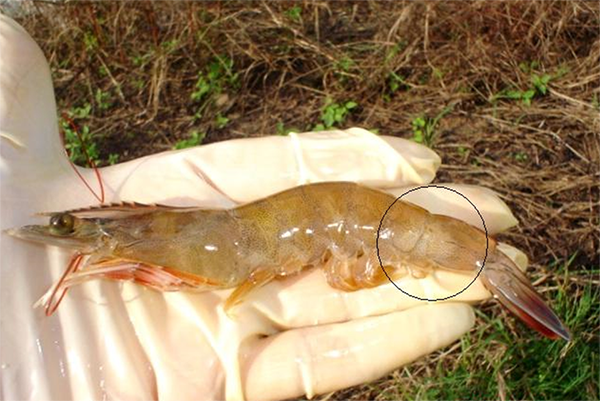
Health & Welfare
An update on vibriosis, the major bacterial disease shrimp farmers face
Vibrios are undoubtedly the foremost cause of bacterial disease outbreaks in farmed shrimp, but the significant role of stressors is often ignored.
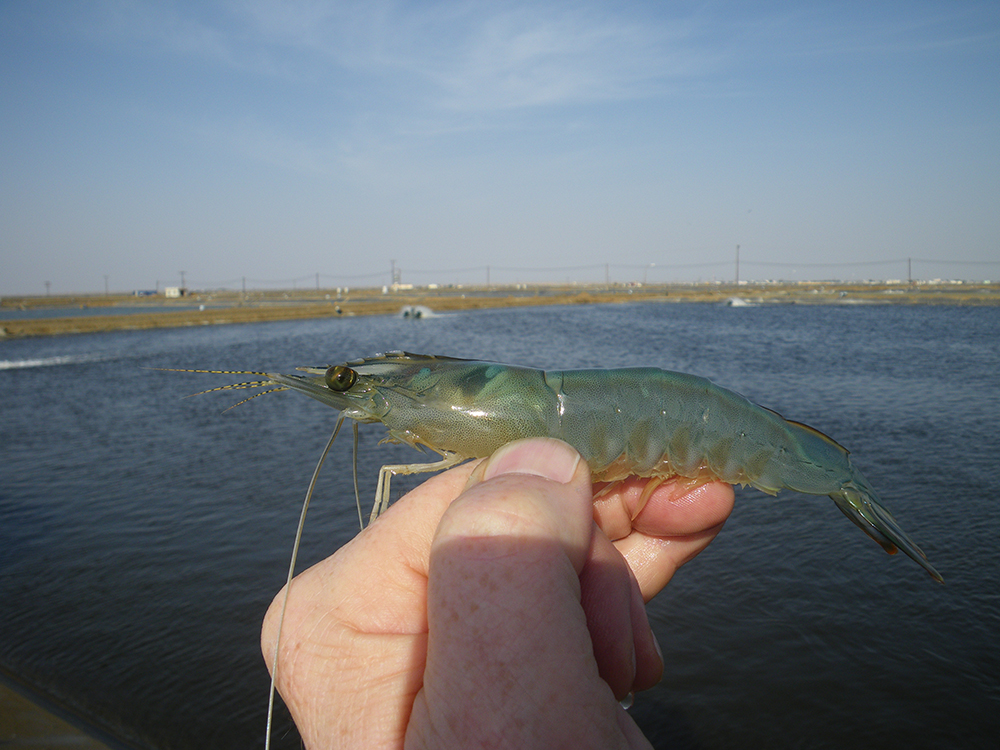
Health & Welfare
EHP a risk factor for other shrimp diseases
Laboratory challenges and a case-control study were used to determine the effects of EHP infection on two Vibrio diseases: acute hepatopancreatic necrosis disease (AHPND) and septic hepatopancreatic necrosis (SHPN).
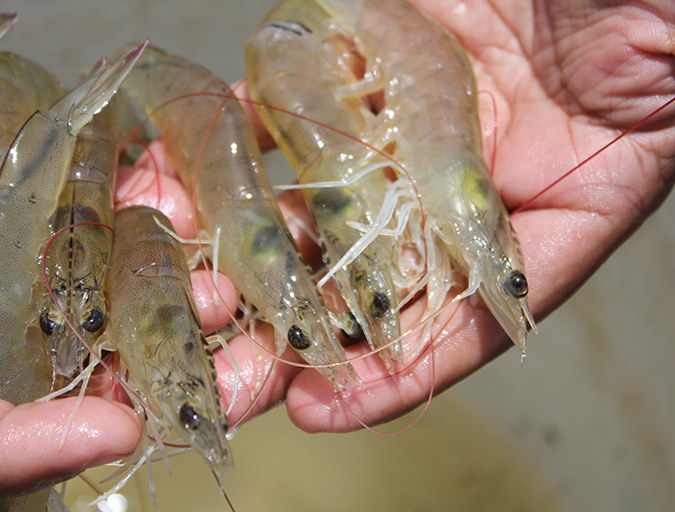
Health & Welfare
Probiotics benefit Pacific white shrimp challenged with AHPND
A study was conducted to measure the effects of commercial probiotics on Pacific white shrimp in a standardized AHPND challenge model under controlled laboratory conditions. Results show that the probiotics treatments by themselves have beneficial effects, such as higher survival and histological signs of hepatopancreas regeneration.
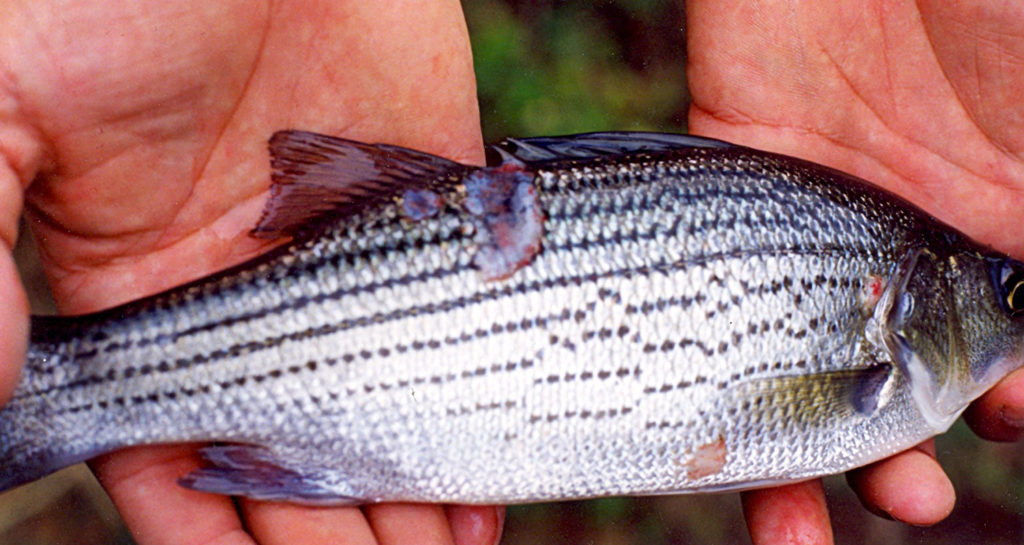
Health & Welfare
Vibrio harveyi, a significant pathogen of maricultured species
Vibrio harveyi is a serious pathogen for several important maricultured fish and invertebrates in warm waters of Asia, southern Europe and South America.



